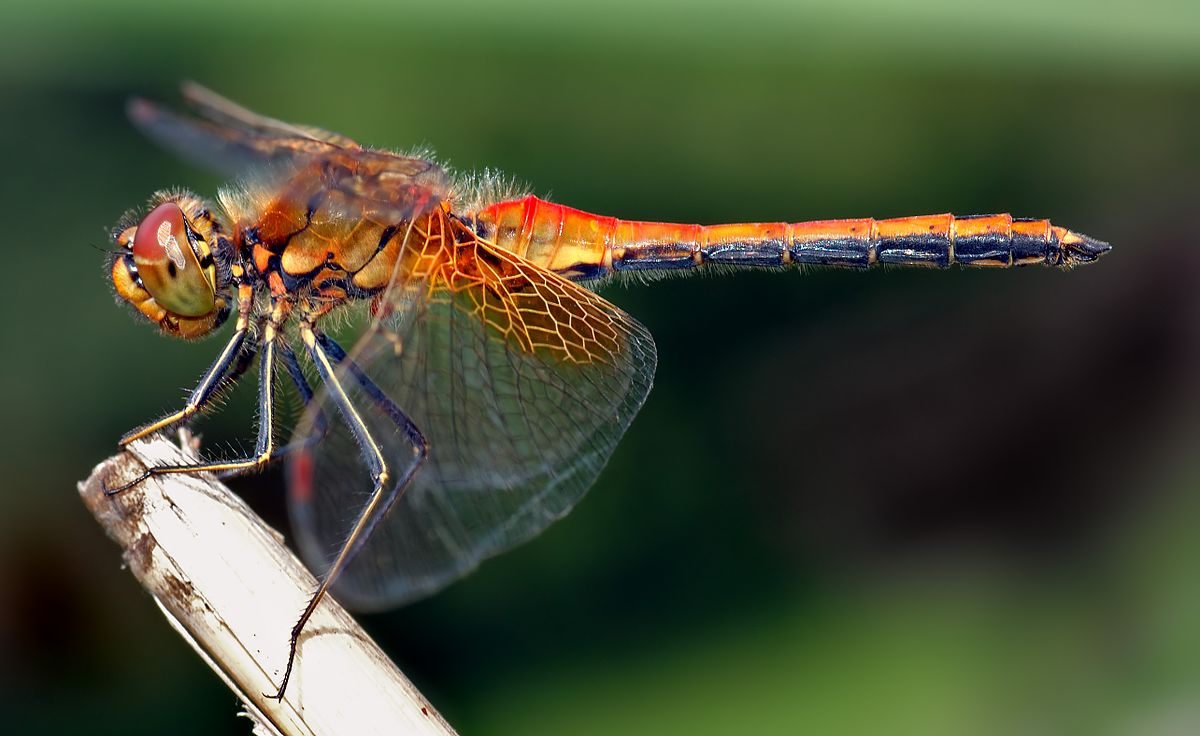The UK Ministry of Defence officially invested in a biomimetic engineering startup known as Animal Dynamics for the development of a dragonfly-inspired microdrone.
Developers and engineers at Animal Dynamics are working on a project to build a bee-sized microdrone that is capable of flying by flapping its wings. Dissimilar to most commercially available drones in the market which are based on the structure of a quadcopter, the company will use the $1.2 million investment from the UK government to complete the development of its unique microdrone.
In late 2016, Animal Dynamics began to research on the viability of insect-shaped microdrones. Because the majority of microdrones rely on the flow of wind for direction and speed, the firm’s engineers proposed a design which mimics the movement of a dragonfly. With four wings and a light body, the Animal Dynamics biomimetic drone replicates the size and the structure of a dragonfly.
Since then, engineers have made great progress. In an interview, Animal Dynamics co-founder and CEO Alex Caccia noted that a full prototype of its design will be ready in two to three months. He further emphasized that the team is confident that that the prototype will be able to fly in air by the summer of 2017.
Caccia stated:
“One of the challenges with something that flies is that everything has to work for it to work at all — but we’re pretty close to it now. The ‘ah-ha’ moment of it flying is almost the last thing that happens.”
Skeeter Drone
The Animal Dynamics team calls the dragonfly microdrone Skeeter and the team is quite confident that when the working prototype of Skeeter is released, its engineers will be able to create spin-off technologies based on the foundation of Skeeter.
Essentially, Skeeter is a base technology for other alternative commercial products the company intends to introduce. To meet the team’s vision of commercially distributing its microdrones, Animal Dynamics is seeking to secure a $5 million venture capital investment on top of the grant of the UK government. In total, the company hopes to secure $6.9 million within this year to complete the development and commercialization of Skeeter.
“We’re fundamentally interested in developing commercial products from studies and understanding of how nature reaches these tricks that allow greater performance and efficiency,” Caccia noted.
The Challenge
As mentioned above, the team including its CEO Caccia stated that finding a way to fly Skeeter with stability is the biggest challenge because of its size. Since Skeeter has four independent wings that flap to speed up and position itself, it becomes more difficult to stabilize in fast wind and harsh environmental conditions.
More importantly, because Skeeter is significantly smaller in size compared to other microdrones introduced to the market in the past, stability and robustness are two attributes which the team’s engineers are focused on improving.
For instance, a product called Micro Drone 3.0 developed by Vernon Kerswell from the UK completed its successful crowdfunding project on Indiegogo in late 2015. The campaign raised over $3.5 million in funding. However, although the Micro Drone 3.0 is in the size of a small bird, it still relies on a quadcopter design, which is very different to that of Skeeter.
Apart from the DARPA-backed drone hummingbird, Skeeter is the only active project ongoing in the drone market that replicates the structure of an insect.
If you liked this article, follow us on Twitter @themerklenews and make sure to subscribe to our newsletter to receive the latest bitcoin, cryptocurrency, and technology news.

